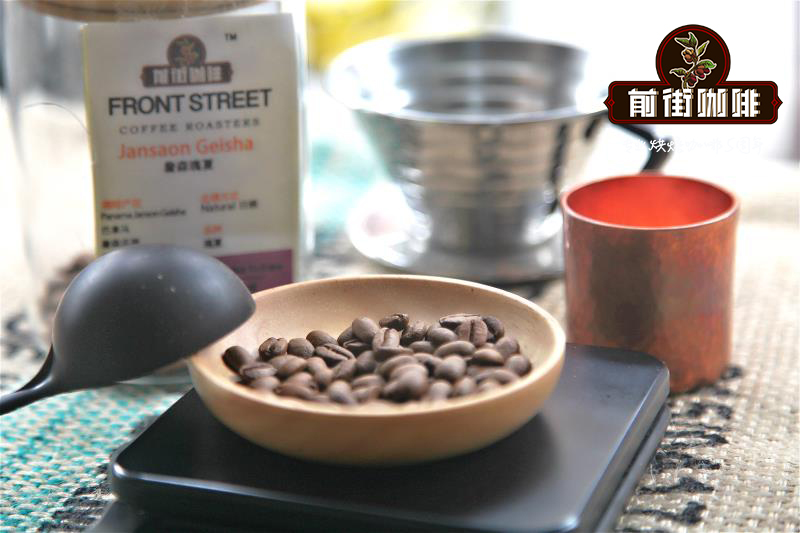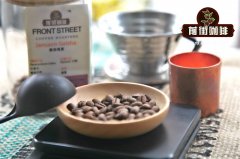Coffee roasting physical changes of coffee roasting temperature and time during coffee roasting

Professional coffee knowledge exchange More coffee bean information Please pay attention to coffee workshop (Weixin Official Accounts cafe_style)
Roasting converts coffee beans from green to ripe, rich in aroma and flavor, but do you know what happens during roasting?
When we bake beans, it is mainly divided into physical and chemical changes
Changes in volume and pores
Coffee beans rank at the top of the plant kingdom for cell wall strength, and they have a tough outer layer of material that increases their stiffness and strength.
When coffee is roasted, elevated temperatures and the process of converting water into gas raise the pressure inside the coffee bean. These conditions change the structure of the cell wall from rigid to rubbery, because coffee beans contain polysaccharides (bound carbohydrate molecules).
The internal material is pushed toward the cell wall, leaving a gas-filled void in the center. This means that the beans expand in volume as their mass decreases, and most of the gas buildup is carbon dioxide released after roasting.
Roasting also increases the porosity of coffee beans, making them less dense and more soluble. Of course, this also had a lot to do with Han Fei, who turned them into delicious dishes.
Changes in oil
Coffee beans contain oils, and during roasting, the high pressure inside causes these compounds to move from the center of the cell to the surface.
Oil helps retain volatile compounds inside the cell, which are chemicals with high volatility at room temperature that are essential to producing coffee's aroma and aroma, molecules that might dissipate rapidly without oil.
The longer the roasting time, the more obvious the structural transformation, the lower the density of the coffee beans, and the more gas they produce. The longer the roasting time, the more fat the coffee beans will have on the surface.
These developments partly explain why dark roast coffee tastes different from light roast coffee.
Important Notice :
前街咖啡 FrontStreet Coffee has moved to new addredd:
FrontStreet Coffee Address: 315,Donghua East Road,GuangZhou
Tel:020 38364473
- Prev

Coffee roasting A physical change in the roasting stage of coffee at roasting temperature and time.
Professional coffee knowledge exchange more information about coffee beans Please pay attention to the importance of the physical structure of the coffee workshop (Wechat official account cafe_style). The layered structure of coffee beans has a great impact on the flavor we want. Without a specific physical structure, the chemical reactions essential to flavor and aroma will not take place. Grind the raw beans into powder and place them the same as when baking
- Next

What happens during coffee roasting? coffee bean roasting temperature and time coffee roasting taste
Professional coffee knowledge exchange more coffee bean information please follow the coffee workshop (Wechat official account cafe_style) roasting coffee converts the chemical and physical properties of raw coffee beans into roasted coffee products. The roasting process causes raw beans to expand and change their color, taste, smell and density, resulting in the special flavor of coffee. Unbaked coffee beans and roasted coffee beans contain
Related
- Beginners will see the "Coffee pull flower" guide!
- What is the difference between ice blog purified milk and ordinary milk coffee?
- Why is the Philippines the largest producer of crops in Liberia?
- For coffee extraction, should the fine powder be retained?
- How does extracted espresso fill pressed powder? How much strength does it take to press the powder?
- How to make jasmine cold extract coffee? Is the jasmine + latte good?
- Will this little toy really make the coffee taste better? How does Lily Drip affect coffee extraction?
- Will the action of slapping the filter cup also affect coffee extraction?
- What's the difference between powder-to-water ratio and powder-to-liquid ratio?
- What is the Ethiopian local species? What does it have to do with Heirloom native species?

